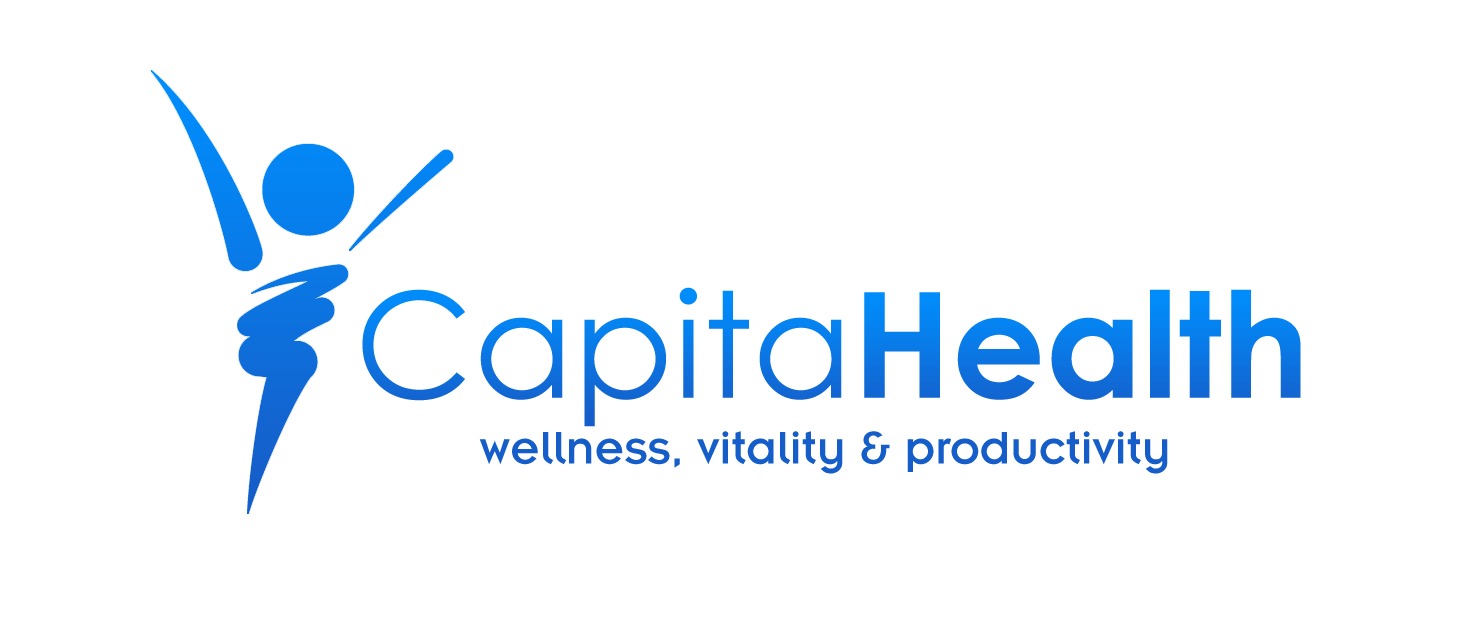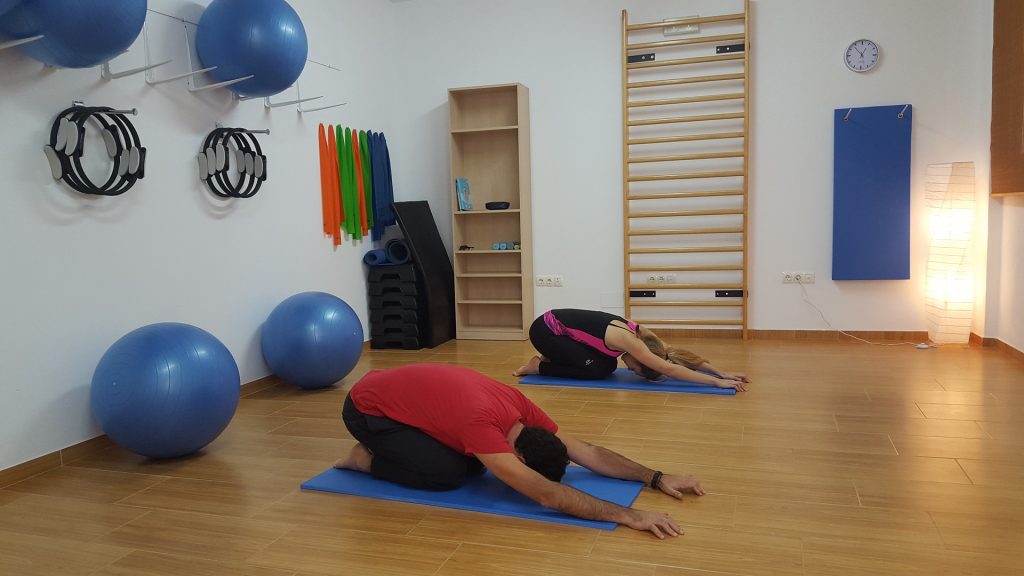How To Tackle Back Pain By Doing Pilates
For those experiencing unending back pain, doing Pilates will strengthen your deep pelvic floor or/and abdominal muscles.
Pilates is a series of exercises that condition your body muscle to move in efficiency and harmony resulting in balanced muscular development, as an imbalanced body could result to muscular weaknesses, which may also prevent a joint from moving through its full range of motion. The main objective of the exercises is to condition the deeper, supporting body muscles to enhance flexibility, postural and muscle strength, balance, and coordination.
Pilates should be carried out under the supervision of a trained physiotherapist or professional who makes use of an eccentric type of muscle contraction to build strong and long muscles by emphasizing on skeletal alignment and core strength.
Forms Of Pilates
There are basically two kinds of Pilates, and they are:
Mat-based Pilates — These type of Pilates are larger, thicker and tend to have a slicker surface, the series of exercises are done in or against the gravity-assisted position with or without any resistance. The core objective is to strengthen the deep muscles of your body to further enhance coordination, posture, and balance.
Equipment-based Pilates — This Pilates involves particular implement that works against resistance, for instance, Pilates chair, a reformer [portable carriage that is pushable and pullable along its track), pulleys with resistance bands, ladder barrel, dumbbells, resistance bands, exercise balls, tennis ball, foam roller, Pilates ring, and other kinds of small implements that provide muscle resistance.
Pilates — How It Works
Place a mat and begin to do a series of movements that would stabilize and strengthen your core. However, note that Pilates could be aerobic and non-aerobic types of exercise. The exercises are normally carried out in a particular order, one after the other, and never include too many repetitions for a particular move. Inasmuch as the moves may appear to be simple, they require much of precision, control and a strong emphasis on the technique.
More so, Pilate’s sessions require approximately 45 minutes to an hour, even lesser time if fewer moves are being done. To get the desired result, Pilates must be done at least twice or thrice a week, as postural enhancement may become visible after 10 to 20 sessions.
Again, note that Pilates is a low-intensity exercise void of exertion, therefore free of sweating or straining, aimed towards the core, though you can still expect to see strength gains in your arms and legs. After the exercises are done more often, a re-evaluation should be put in place to ensure that the exercises are appropriate for such patients.
Core Health Benefits Of Pilates
The core health benefits of Pilates include, but are not limited to the following:
•Enhances flexibility•Improves strength•Increases strength of lower back, abdominal, and hip muscles.•Enhances balance•Improves muscular control•Efficient movements•Enhances spine stabilization•Overcomes injuries resulting from muscle imbalances•Enhances coordination and balance [etc]
In addition, Pilates isn’t only used during rehabilitation but also in fitness programs, as it could enhance one’s health and fitness.

